Smart Elevator Market Summary
As per MRFR analysis, the Smart Elevator Market Size was estimated at 15.57 USD Billion in 2024. The Smart Elevator industry is projected to grow from 16.97 USD Billion in 2025 to 40.26 USD Billion by 2035, exhibiting a compound annual growth rate (CAGR) of 9.02 during the forecast period 2025 - 2035.
Key Market Trends & Highlights
The Smart Elevator Market is poised for substantial growth driven by technological advancements and urbanization.
- The integration of IoT technology is transforming operational efficiency in smart elevators across North America.
- Energy efficiency remains a focal point, with manufacturers prioritizing sustainable solutions in the Asia-Pacific region.
- Enhanced safety features are increasingly demanded, particularly in the control systems segment, which is the largest in the market.
- Rising urbanization and government regulations are key drivers propelling the growth of new installations and maintenance services.
Market Size & Forecast
| 2024 Market Size | 15.57 (USD Billion) |
| 2035 Market Size | 40.26 (USD Billion) |
| CAGR (2025 - 2035) | 9.02% |
Major Players
Otis Elevator Company (US), Schindler Group (CH), Thyssenkrupp AG (DE), Kone Corporation (FI), Mitsubishi Electric Corporation (JP), Hitachi Ltd. (JP), Toshiba Elevator and Building Systems Corporation (JP), Johnson Lifts (IN), Hyundai Elevator Co., Ltd. (KR)
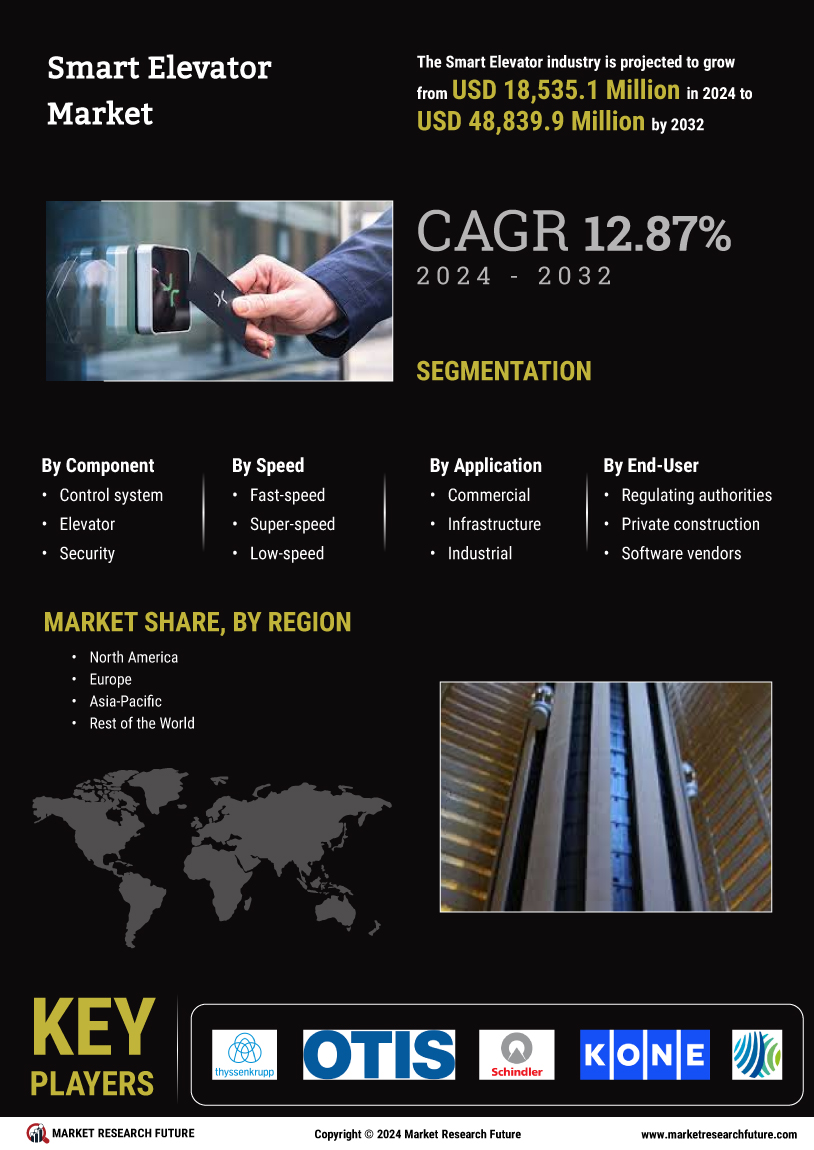

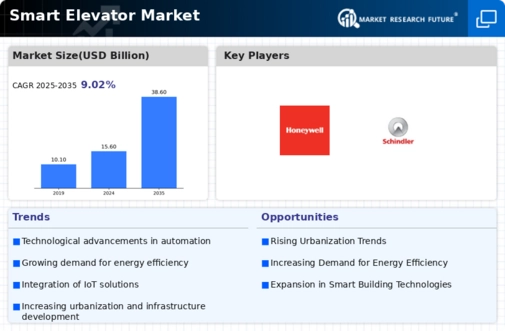
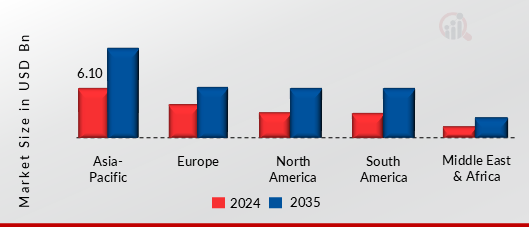

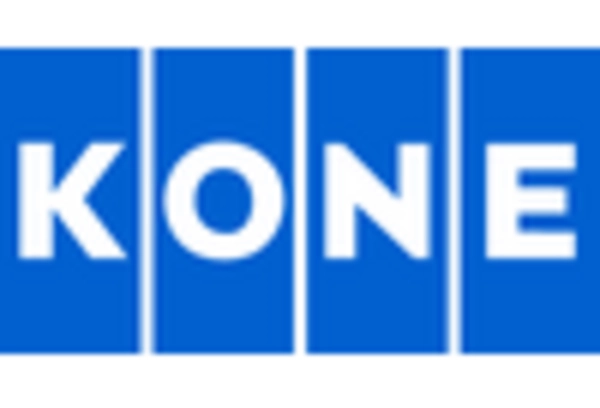

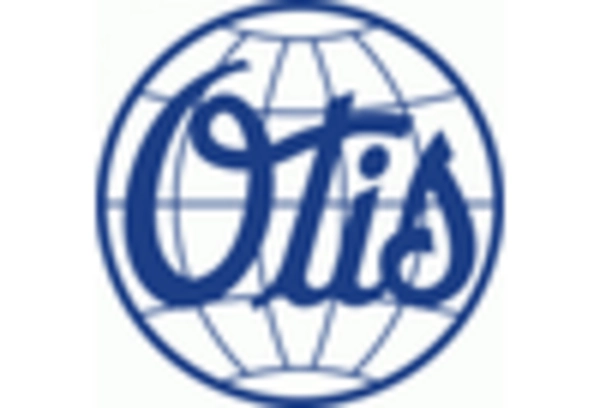










Leave a Comment